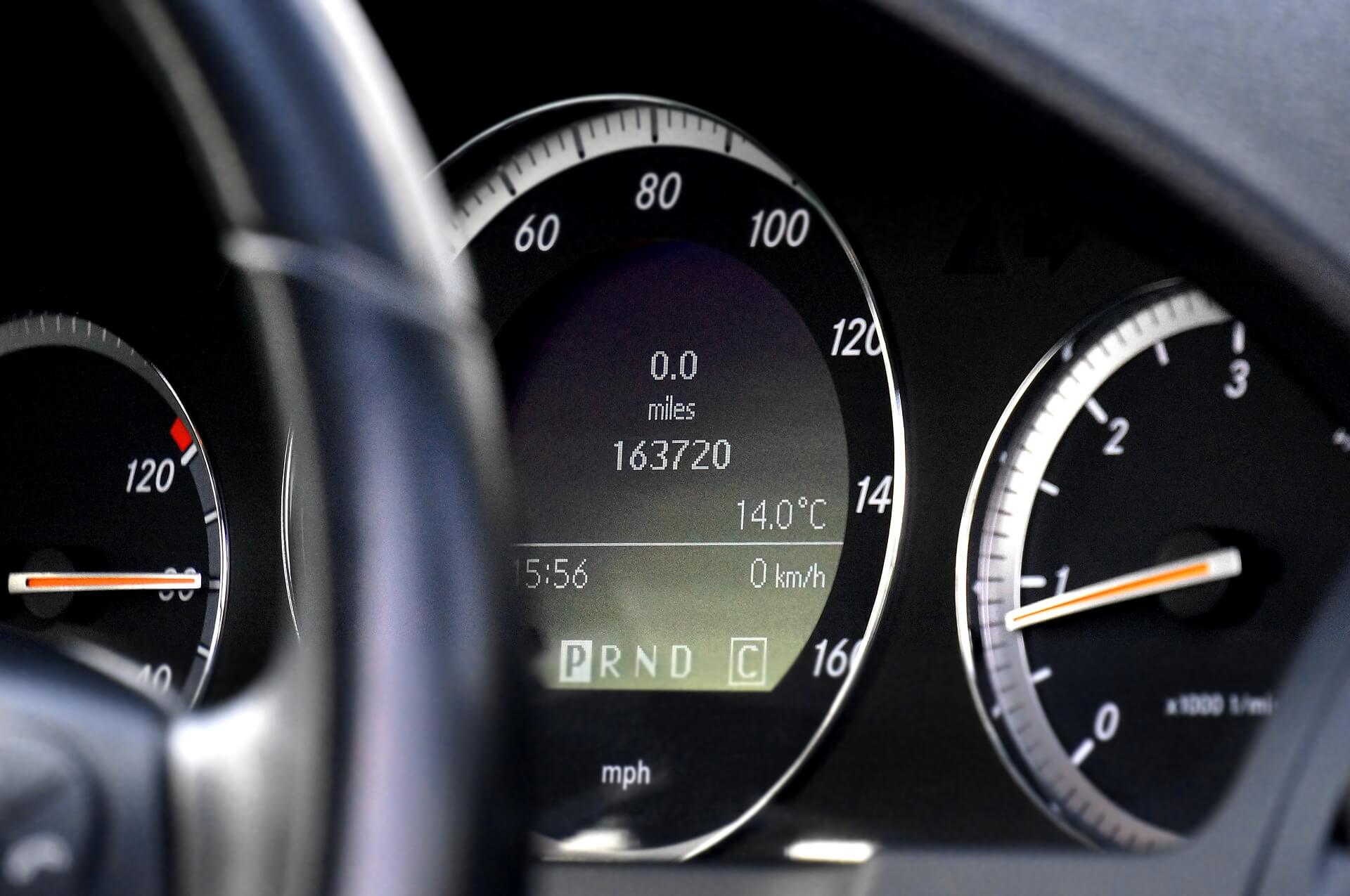Battery life is one of the biggest elements in any smartphone. With new-age mobile applications, people never know when they would go out of power. To counter this, there are generally two options – using bigger batteries in phones or enable faster battery charging.
Qualcomm is a leader in the category of faster charging with its Quick Charge technology. Other chip makers are also trying fast-charging tech, such asMediatek’s Pump Express, but so far Quick Charge is in the lead as Intel and Samsung have licensed Qualcomm’s technology.
How does Quick Charge Work?
You might have noticed that your smartphone charges faster when charge it with a wall-mounted charger in comparison to a USB-based charger. This is because the power output of the wall outlet (5V, 1 or 2.1 amps) is higher than the output of a USB 2.0 port (5V, 0.5 amps).
Each phone comes with a specific power management circuit built into its circuit board. This circuit creates the limits of how much wattage the battery can accept at a time. Phones without Quick Charge limit this to 10 watts (i.e. 5 volts x 2 amps).
On the other hand, Quick Charge increases this limit. If a power adapter can release more power (for example, 15 watts i.e. 9 volts at 1.67 amps) and if the phone’s power management circuit enables it to fetch that extra power, then it would charge the phone faster than earlier.
You would need three things to make quick charging work on your smartphone or tablet:
- A Quick Charge certified phone or tablet.
- A high voltage adapter.
- A decent USB cable.
It is important to remember that you must have a Quick Charge certified device otherwise even a high voltage adapter won’t work. Similarly, a Quick Charge phone can’t draw extra power from an old, standard adapter. And there is no app you can install or any special connector you can add which changes these conditions.
Animportantpoint that you need to consider while gaining more information about Quick Charging is thatit speeds up the initial charging period, but it might not speed up your overall charging period.
Quick Charge is known to enhance the charging speed over its efficiency. When more volts flow gets into empty battery at higher speed, it charges whichever “cells” it can get to first. Once 60% or thereabouts of the battery is full, it has to “search” for the right cells to charge.
Nonetheless, more power means more heat. Lithium-based batteries may get damaged in case of overheating. This is why all Quick Charge devices come with a temperature sensor. If it gets too hot during the charging process, your “fast charge” is left and the charge will trickle at a lower wattage.
It simply means that Quick Charge will work effectively if your battery is less than half of its total capacity. However, it won’t support fast charging if the battery is more than 60% full. Qualcomm is currently working to tackle and you may get to see this very soon.





















